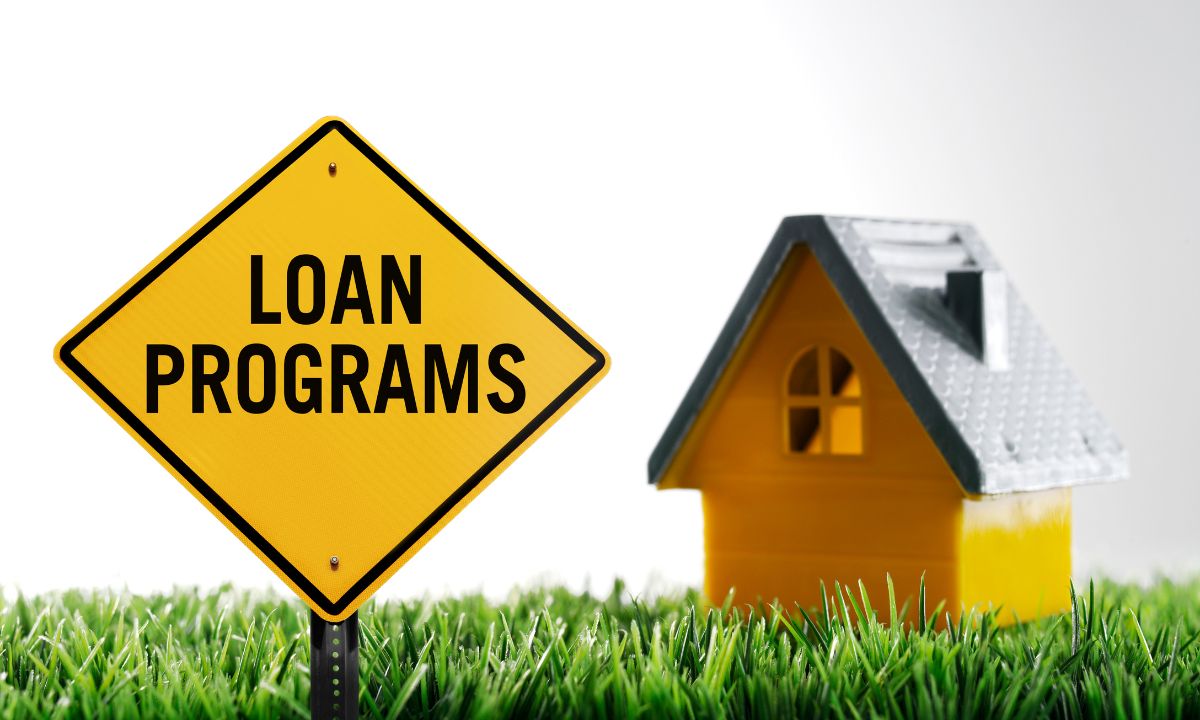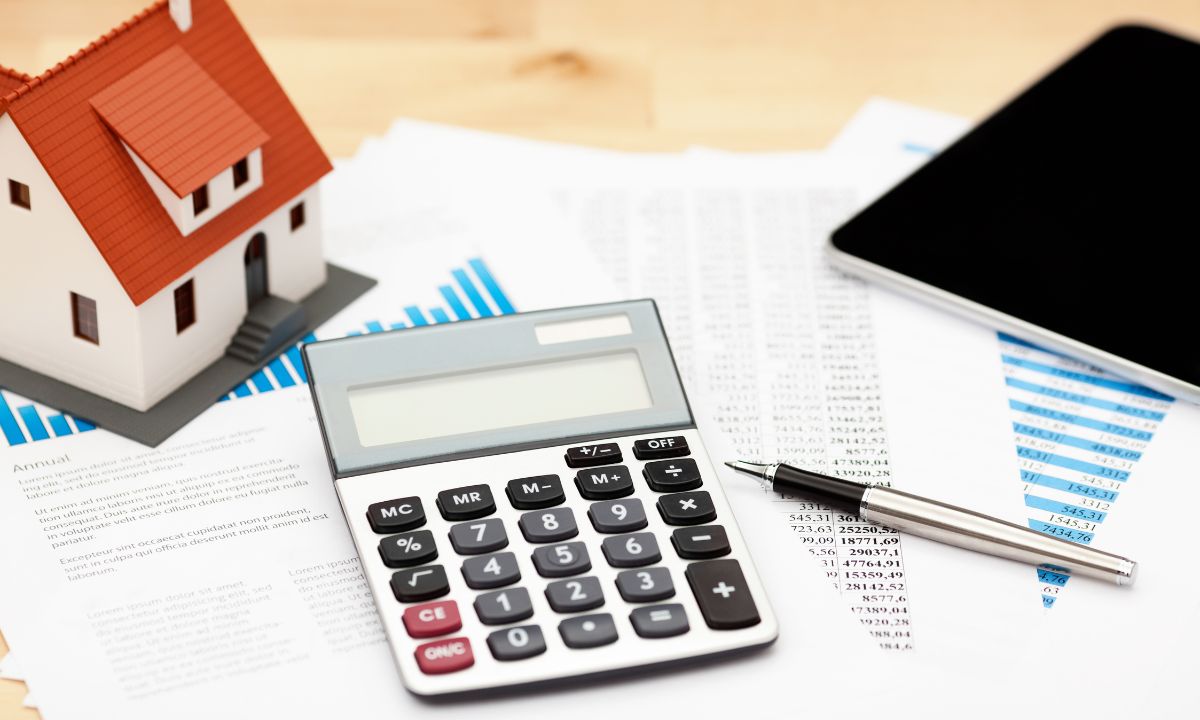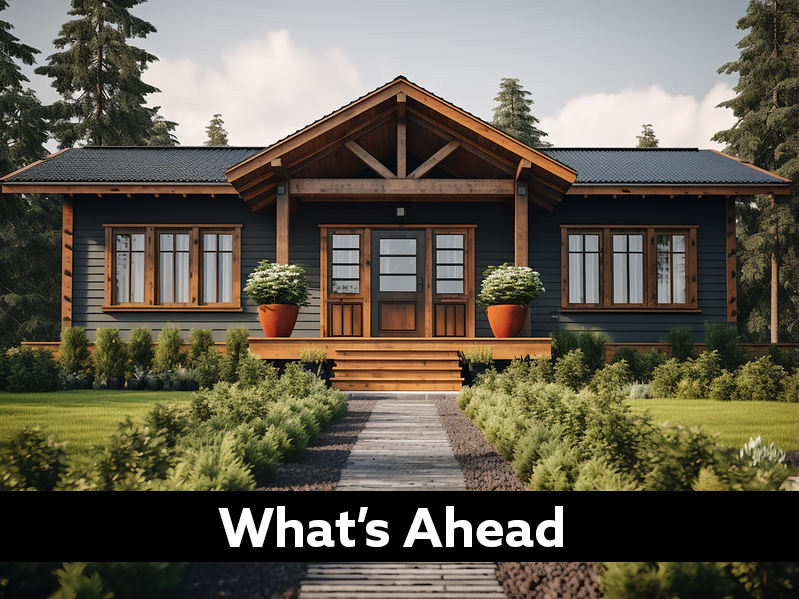Mortgage Assistance Programs and Government and Nonprofit Options
 Purchasing a home is a significant financial milestone, but for many potential buyers, the upfront costs and down payment can be a barrier. Fortunately, there are a variety of mortgage assistance programs available through government agencies and nonprofit organizations to help low- and moderate-income homebuyers achieve their dream of homeownership. These programs can provide financial assistance, lower interest rates, or other benefits to ease the burden of purchasing a home. Here’s an overview of the key options available to you.
Purchasing a home is a significant financial milestone, but for many potential buyers, the upfront costs and down payment can be a barrier. Fortunately, there are a variety of mortgage assistance programs available through government agencies and nonprofit organizations to help low- and moderate-income homebuyers achieve their dream of homeownership. These programs can provide financial assistance, lower interest rates, or other benefits to ease the burden of purchasing a home. Here’s an overview of the key options available to you.
1. Federal Housing Administration (FHA) Loans
The FHA loan program is one of the most well-known and widely used government-backed mortgage options. It is designed to help first-time buyers and those with lower credit scores qualify for home loans. FHA loans require a smaller down payment—usually as low as 3.5%—making it easier for low- to moderate-income buyers to enter the market. The program also offers more flexible credit score requirements compared to conventional loans.
2. USDA Rural Development Loans
If you’re interested in purchasing a home in a rural or suburban area, the USDA Rural Development Loan could be a great option. This program is designed to help low- and moderate-income buyers who are purchasing a home in designated rural areas. USDA loans require no down payment and offer low, fixed interest rates. The eligibility requirements are based on income and location, so check if your desired property qualifies.
3. VA Loans
For eligible veterans, active-duty service members, and certain members of the National Guard and Reserves, VA loans offer some of the most advantageous terms available. These loans require no down payment, no private mortgage insurance (PMI), and often have lower interest rates than conventional loans. VA loans are designed to make homeownership more accessible for those who have served in the U.S. military.
4. State and Local Government Programs
In addition to federal programs, many states and local governments offer their own homebuyer assistance programs to support low- and moderate-income buyers. These programs may include down payment assistance, grants, or special interest rates. They can vary widely by location, so it’s essential to research what’s available in your area. These programs are often designed to make homeownership more affordable for first-time buyers.
5. Nonprofit Programs
Numerous nonprofit organizations offer homebuyer assistance programs, including grants, down payment assistance, and affordable housing options. Organizations like NeighborWorks America and Habitat for Humanity can provide support for qualifying homebuyers. These nonprofits often partner with lenders and other organizations to provide more favorable financing options for those in need.
6. Homebuyer Education Programs
Many mortgage assistance programs require or encourage participation in homebuyer education courses. These programs help educate buyers about the home buying process, financial management, and maintaining homeownership. Completing a homebuyer education course can help you qualify for certain assistance programs and ensure that you’re financially prepared for homeownership.
7. Down Payment Assistance Programs
One of the biggest hurdles to homeownership is coming up with a down payment. Fortunately, many programs offer down payment assistance in the form of grants, forgivable loans, or second mortgages. These programs can help cover the down payment or closing costs, allowing you to purchase a home with little to no upfront cost.
Mortgage assistance programs offered by the government and nonprofits are designed to make homeownership more accessible for low- and moderate-income buyers. From FHA and USDA loans to state-based programs and nonprofit grants, there are a variety of resources available to help you buy your first home or upgrade to a new one. Be sure to research and connect with us so we can help guide you through the available options and find the program that best fits your needs.
 As the year draws to a close, it’s the perfect time to take a step back and review your financial health, especially if you plan to purchase a home next year. Whether you’re a first-time buyer or looking to upgrade, proper preparation can make all the difference when securing a mortgage with favorable terms. Here’s a comprehensive checklist to ensure you’re financially ready for home financing in the year ahead.
As the year draws to a close, it’s the perfect time to take a step back and review your financial health, especially if you plan to purchase a home next year. Whether you’re a first-time buyer or looking to upgrade, proper preparation can make all the difference when securing a mortgage with favorable terms. Here’s a comprehensive checklist to ensure you’re financially ready for home financing in the year ahead.